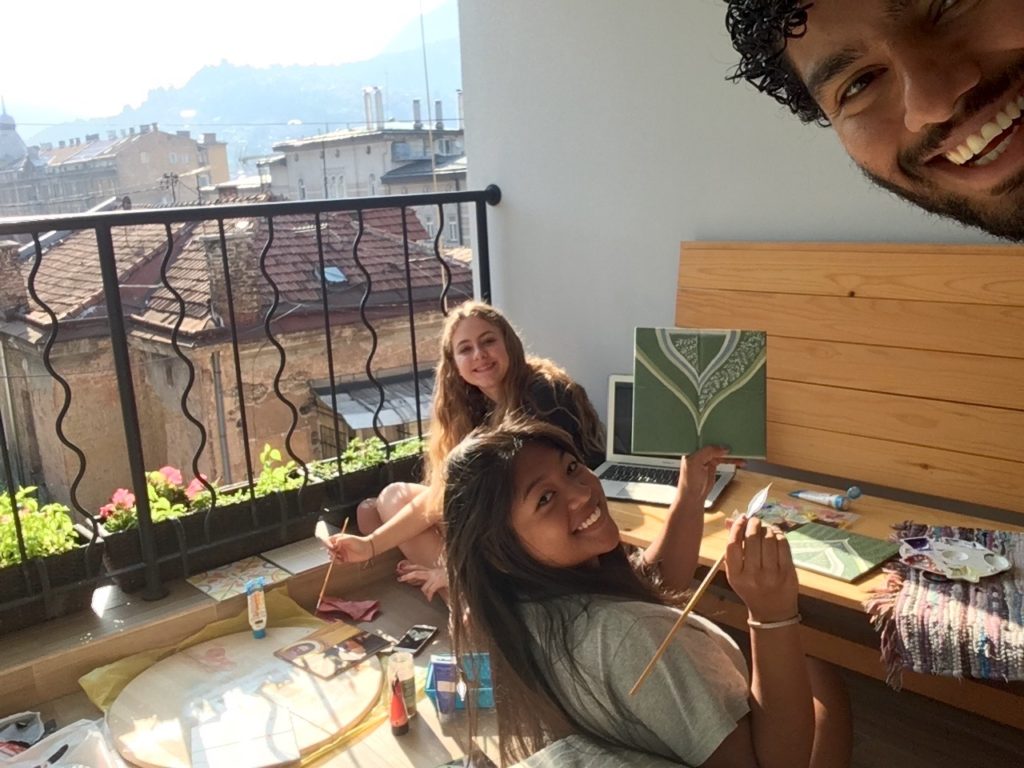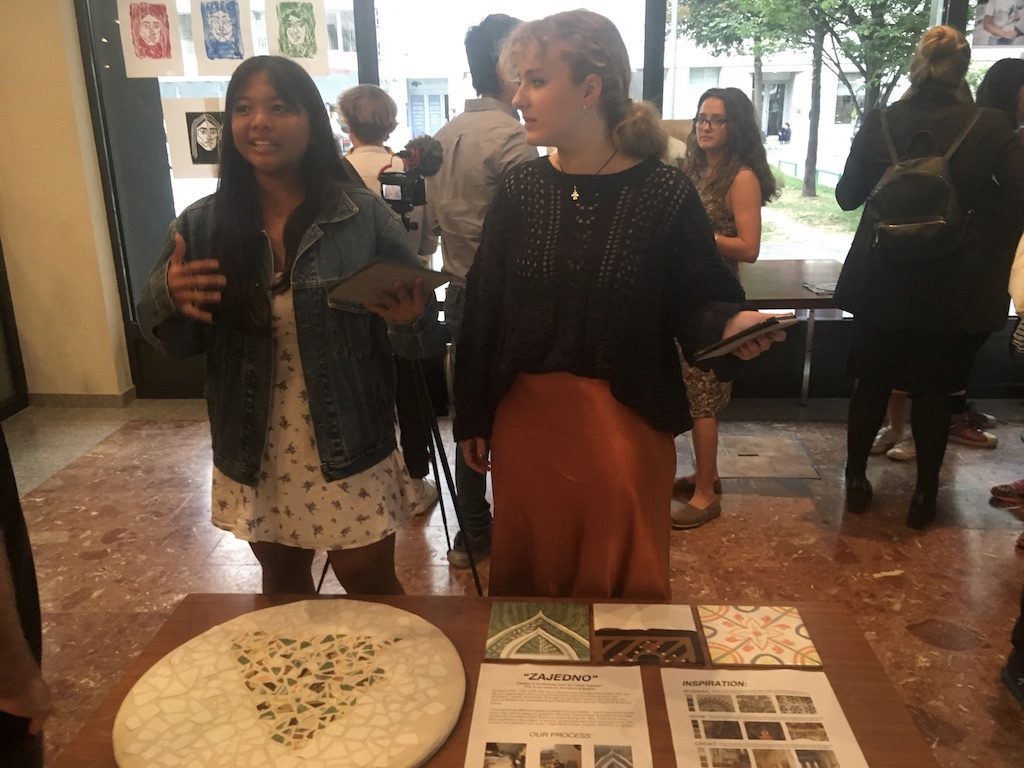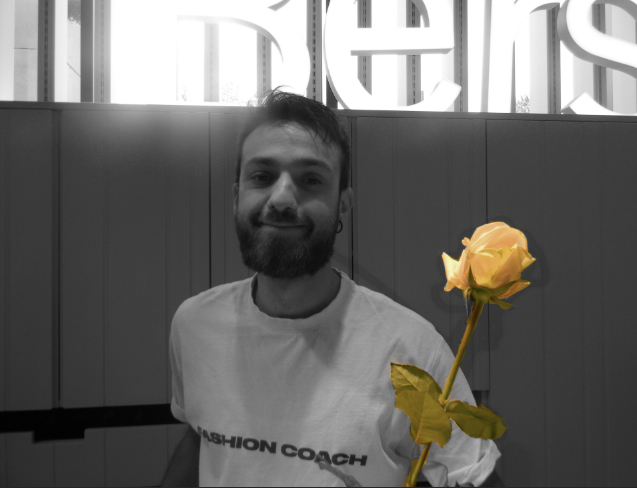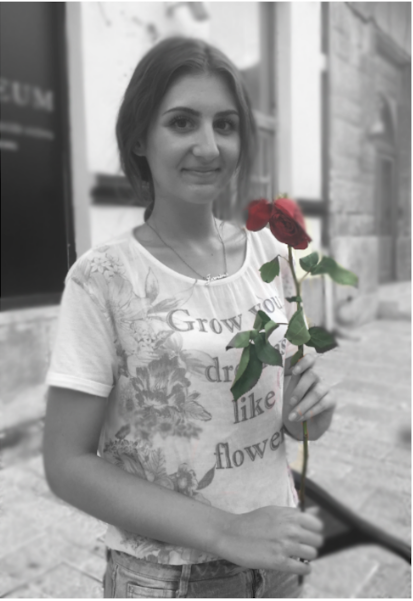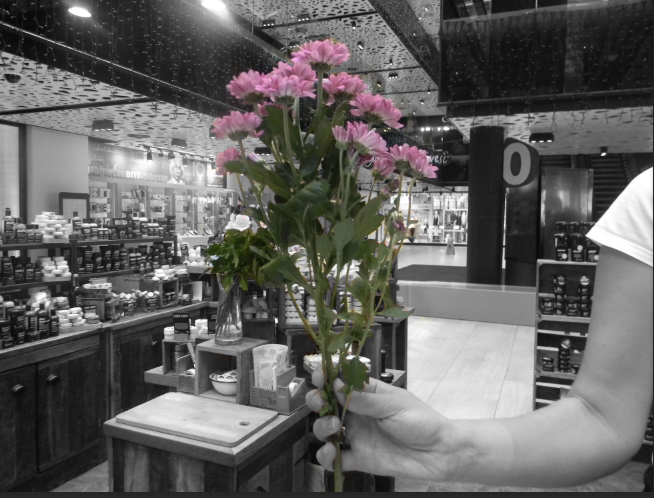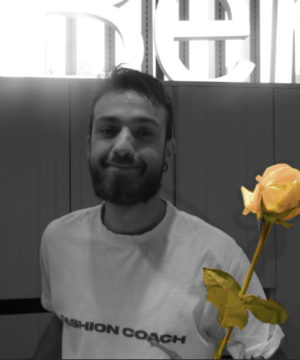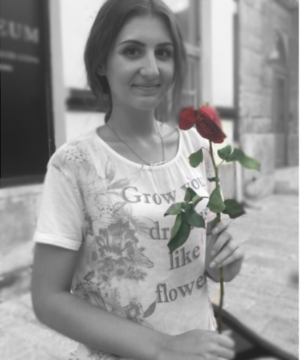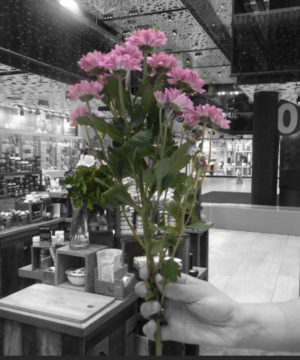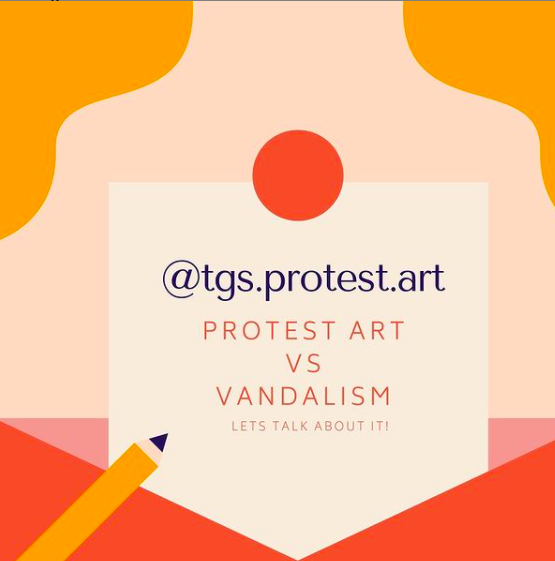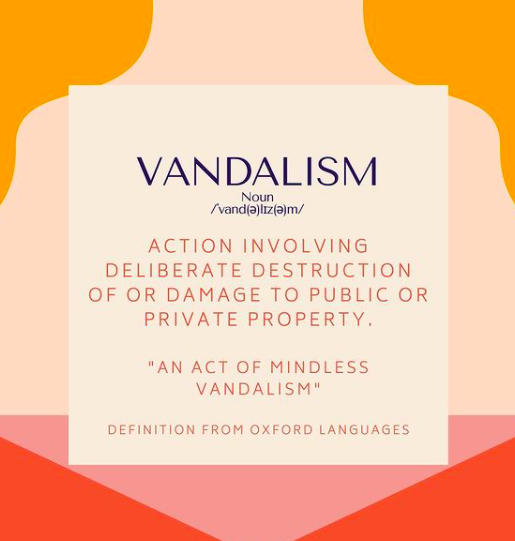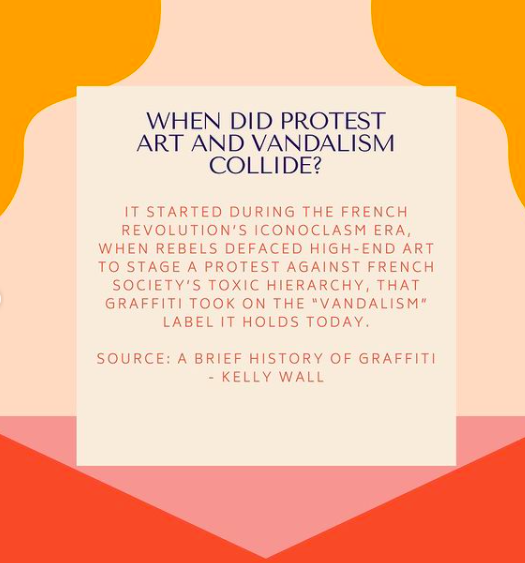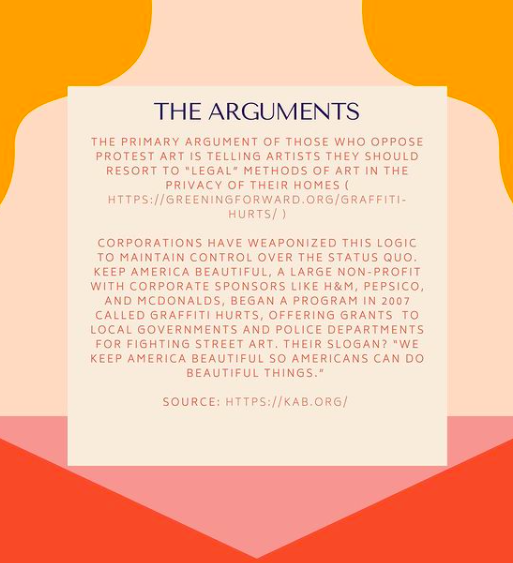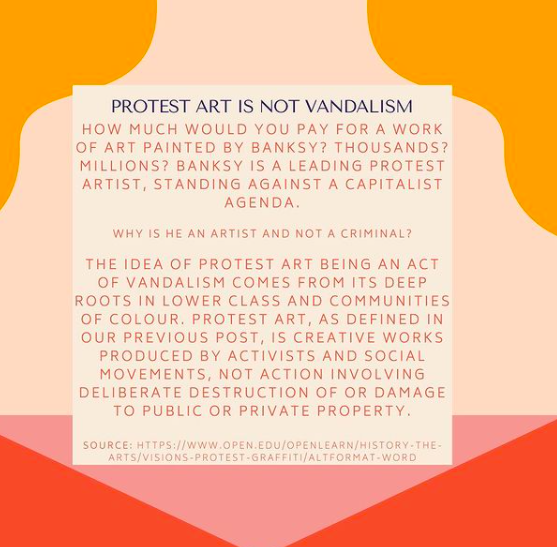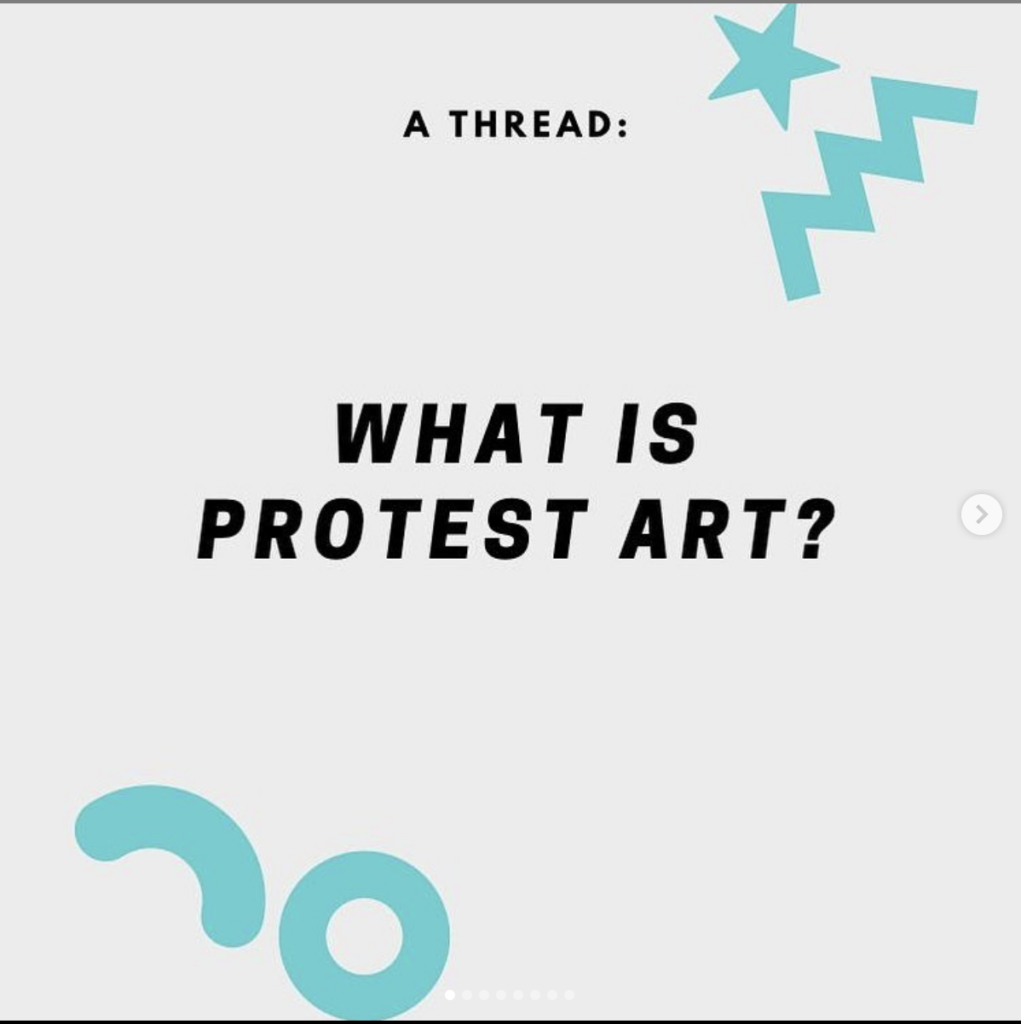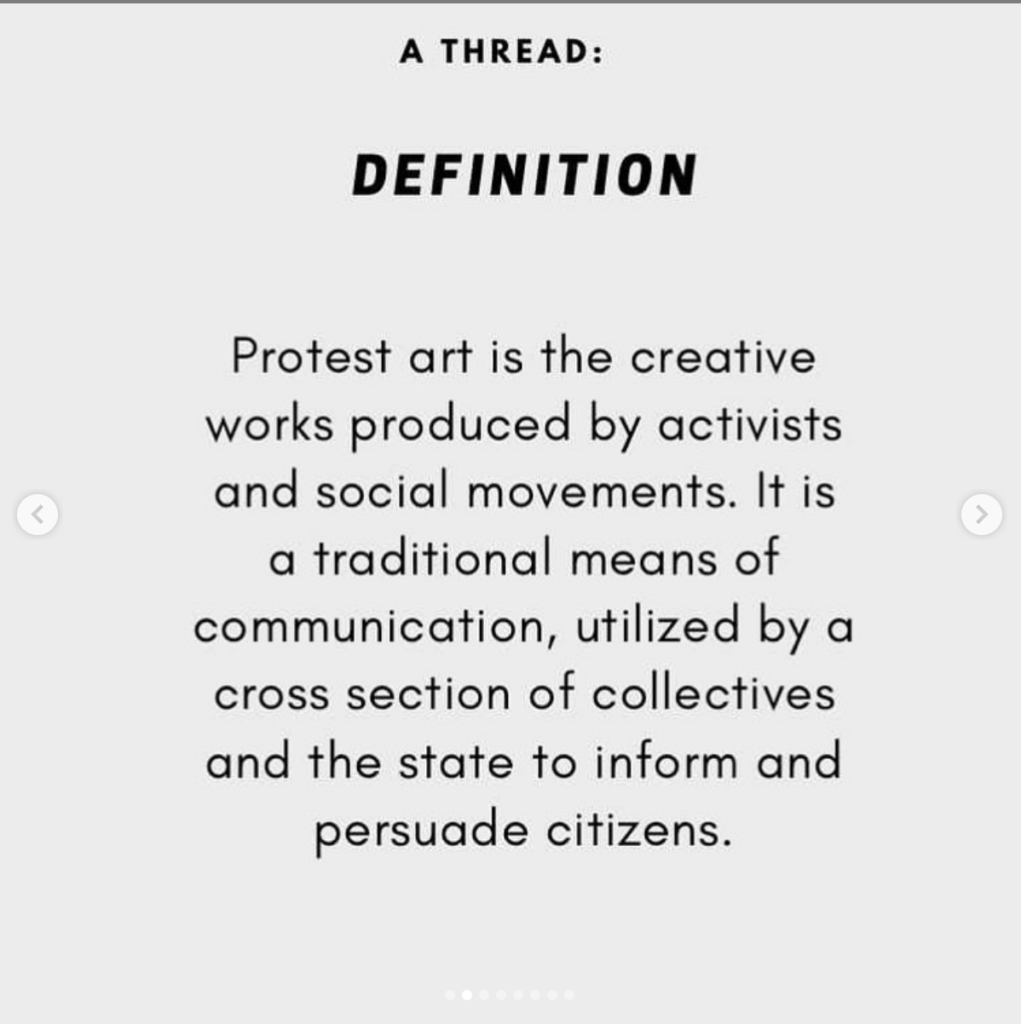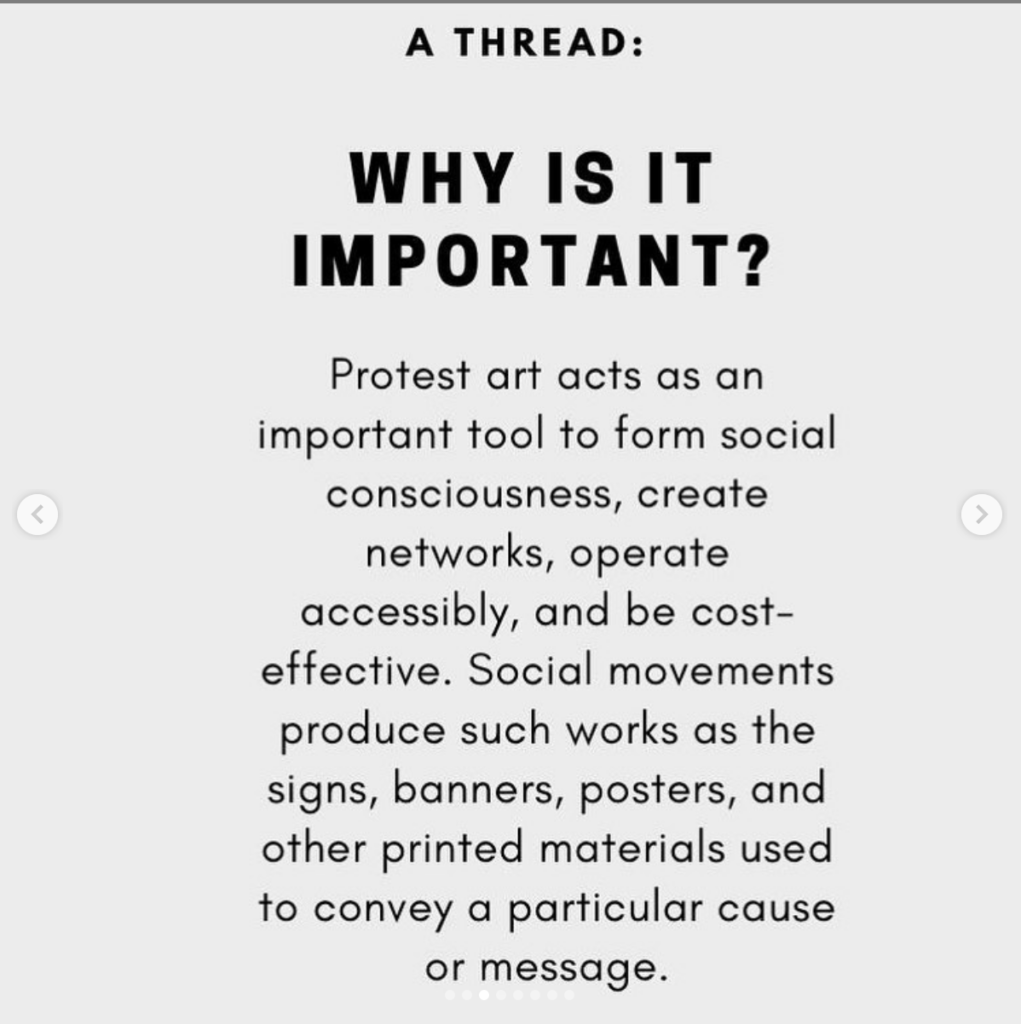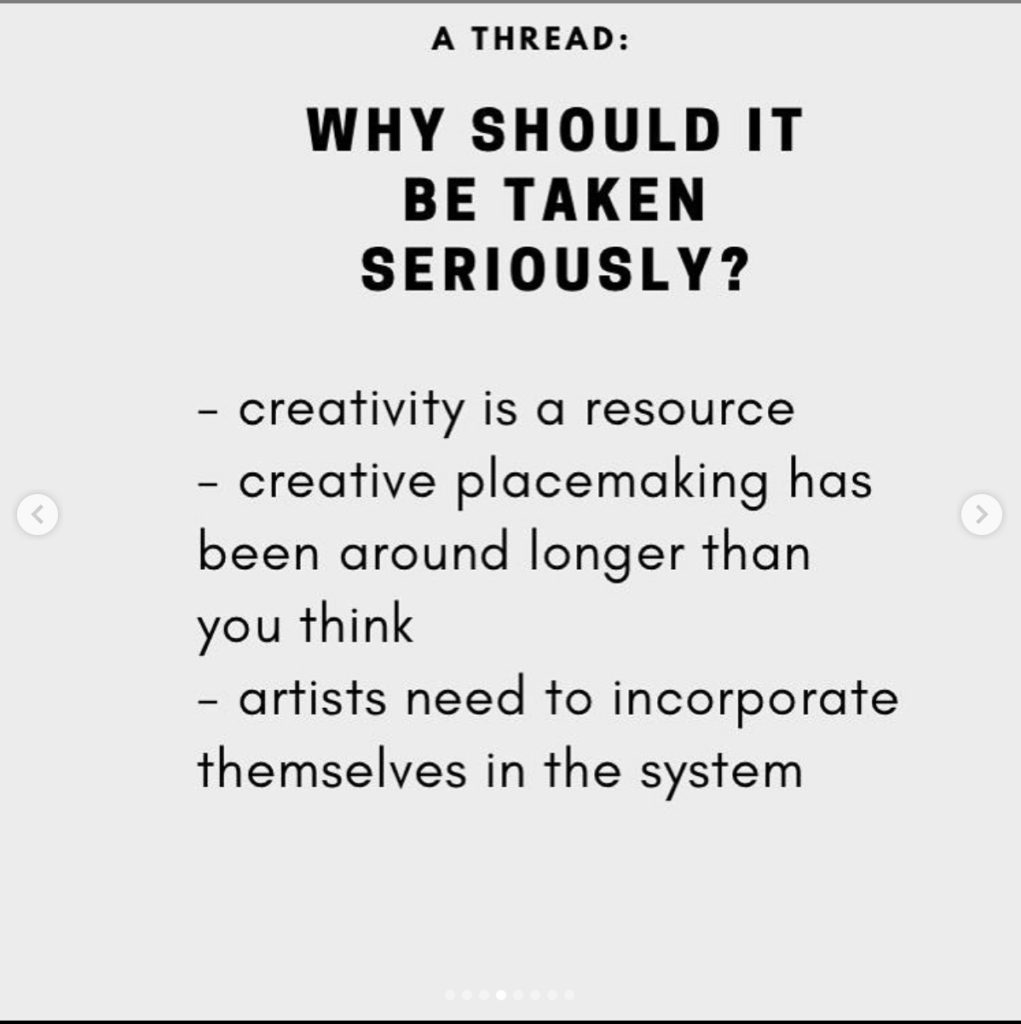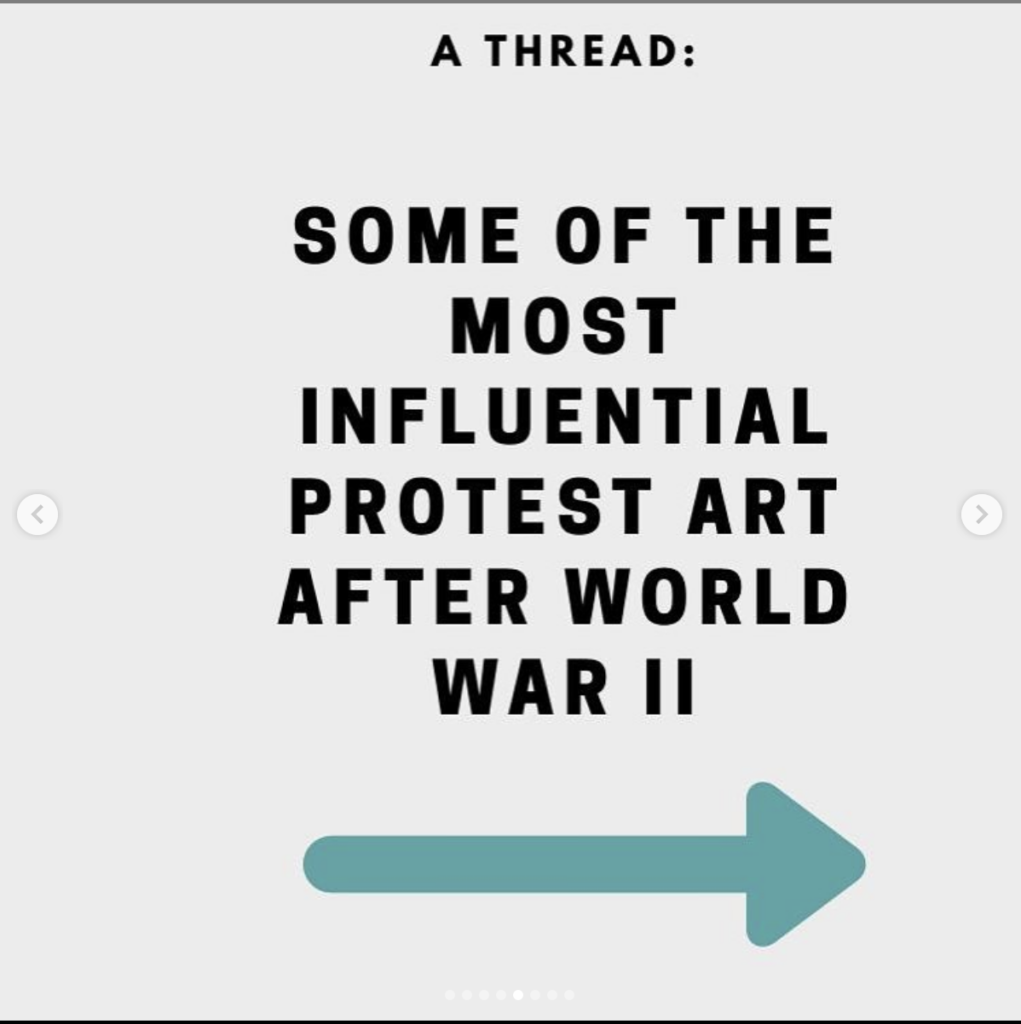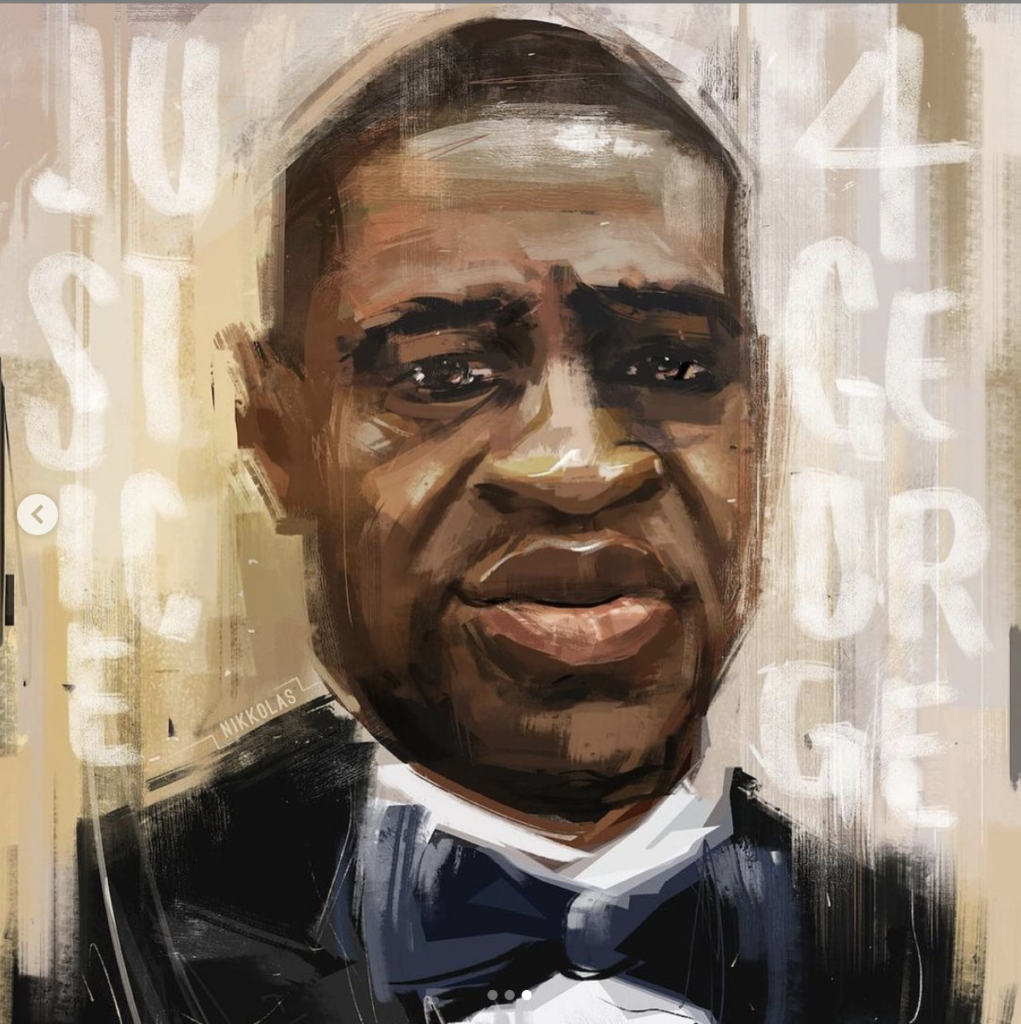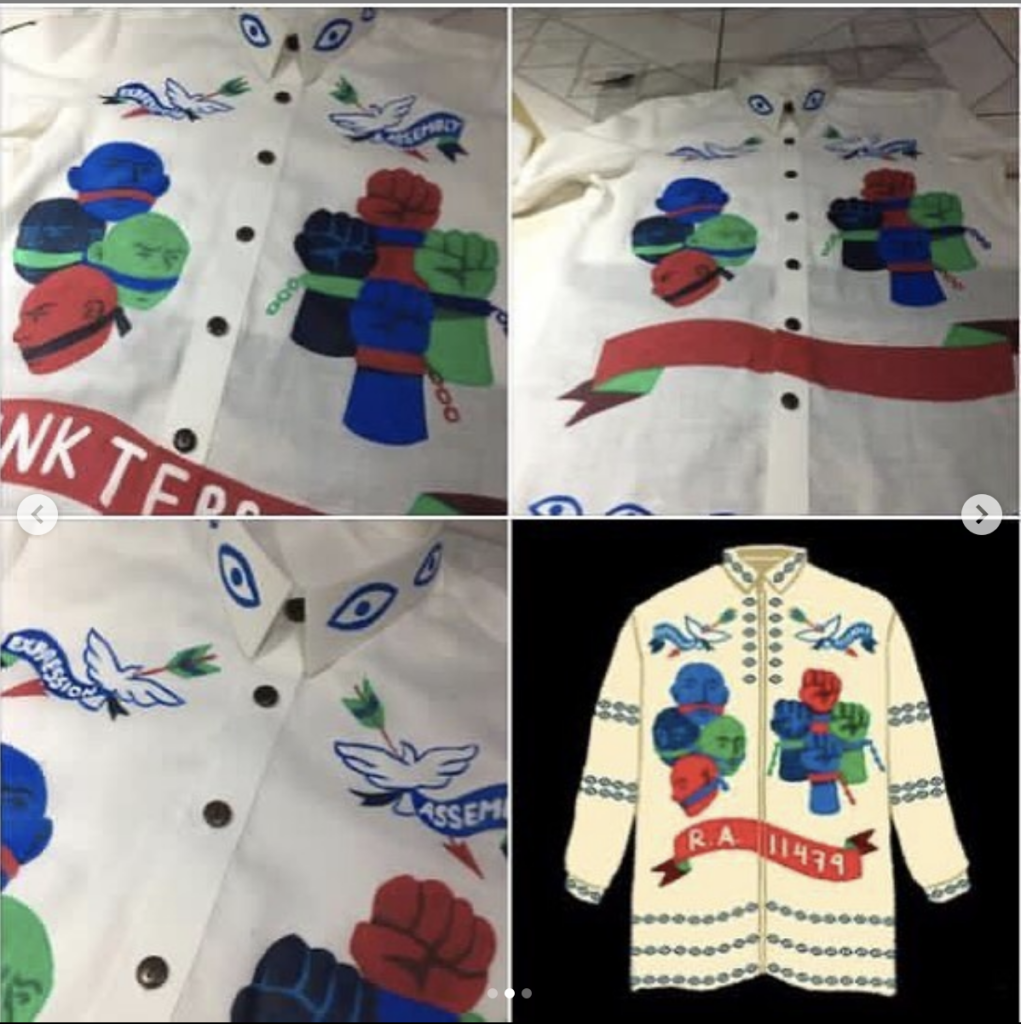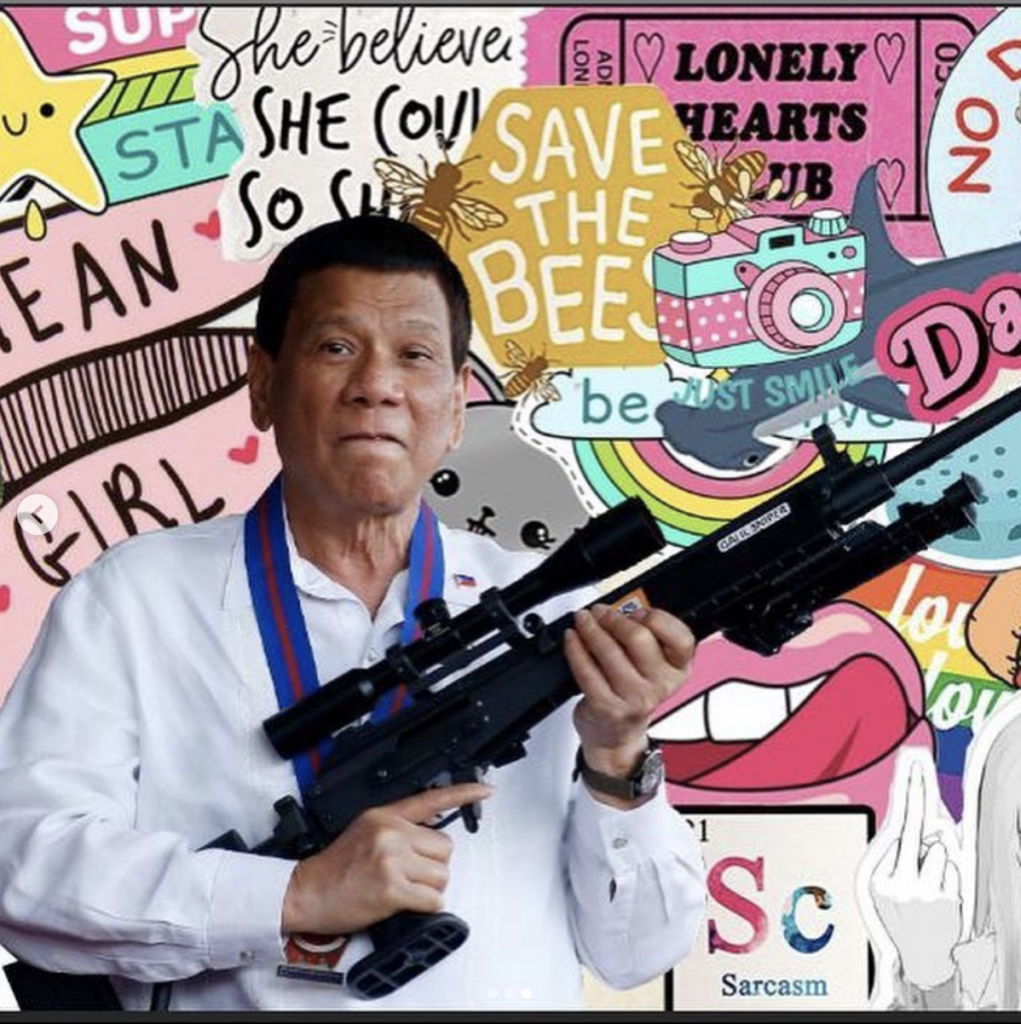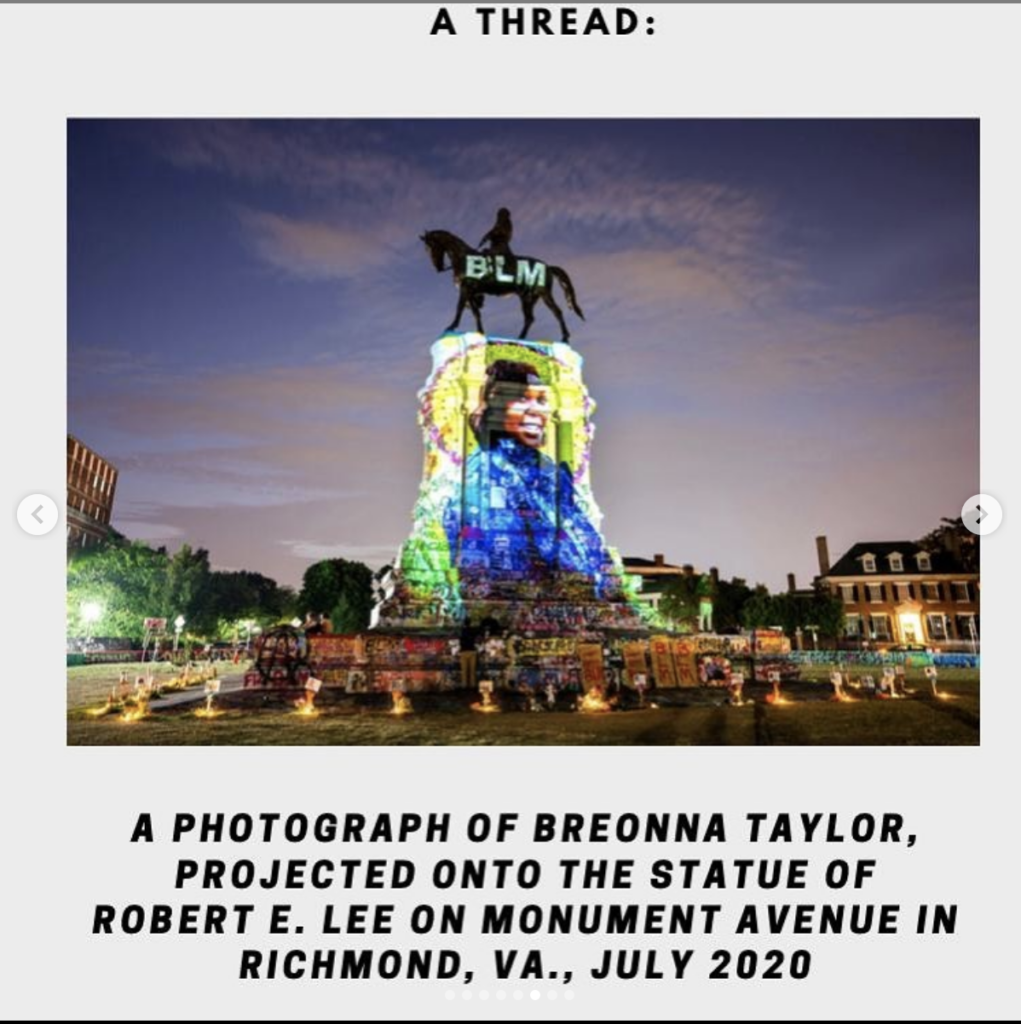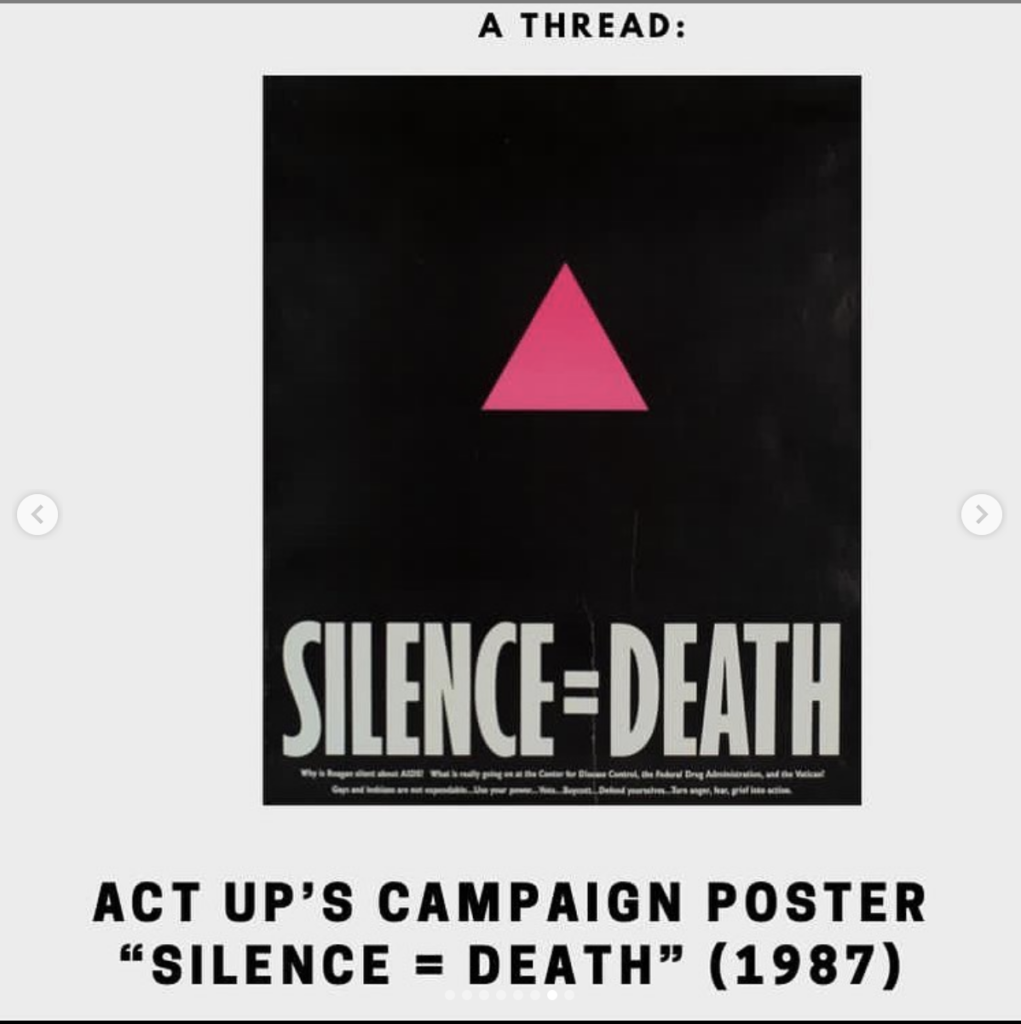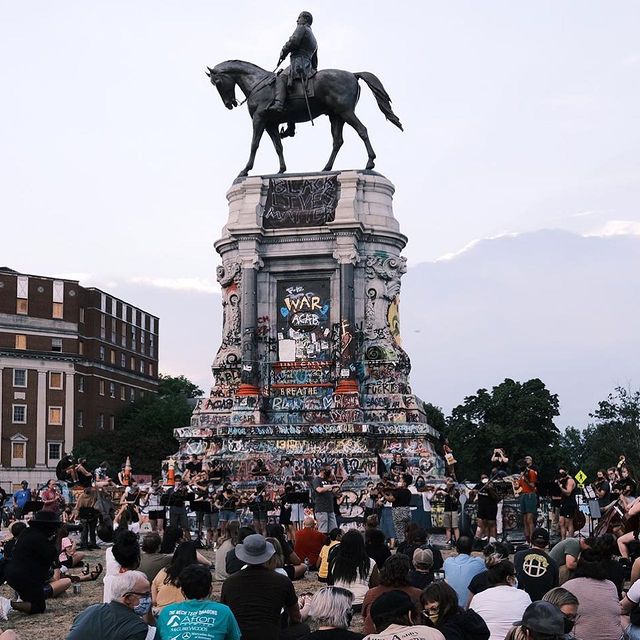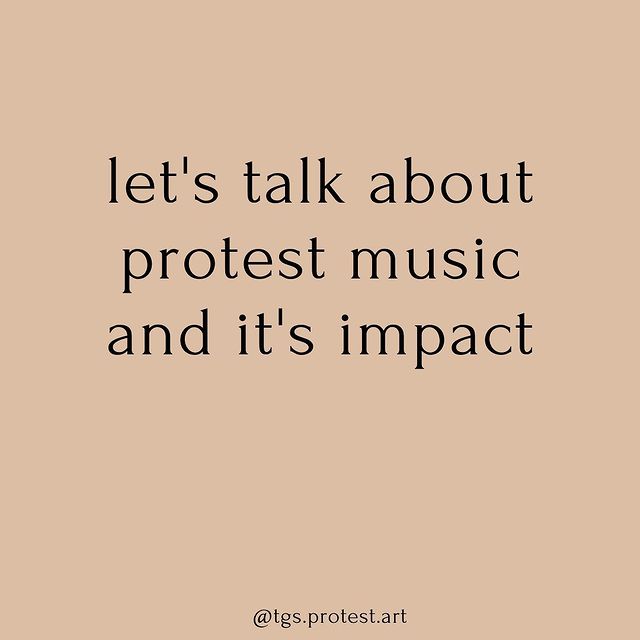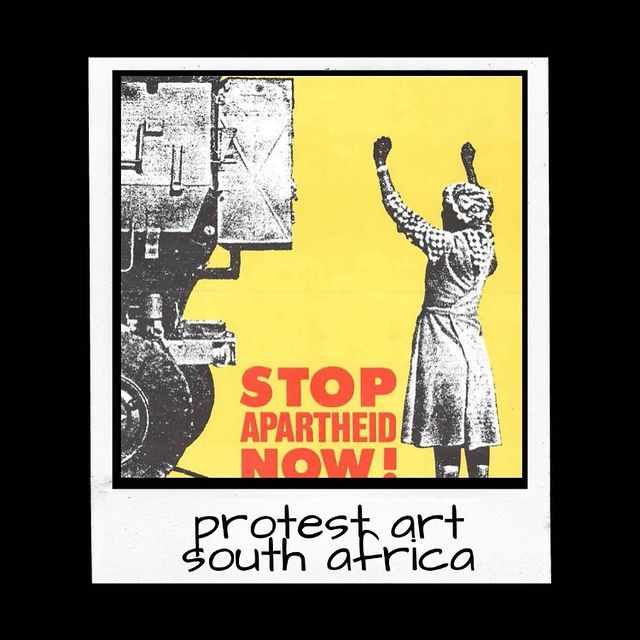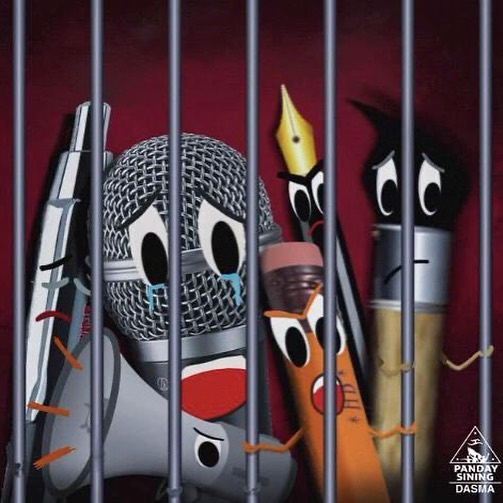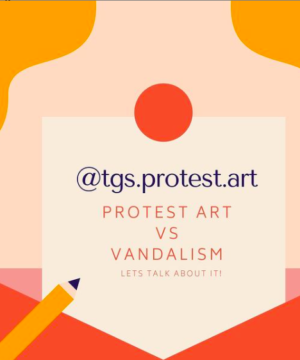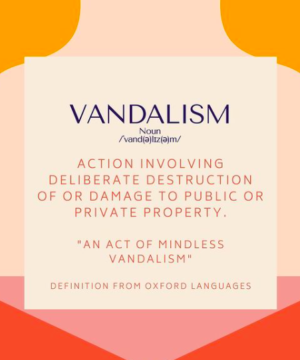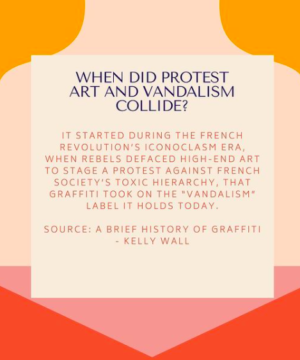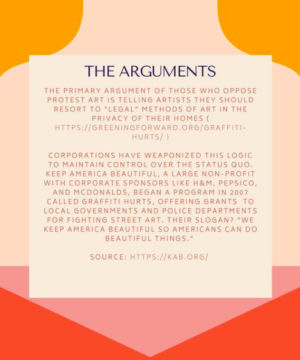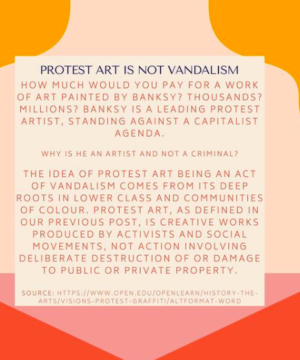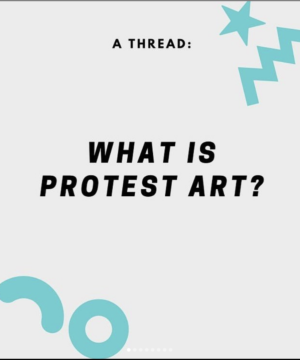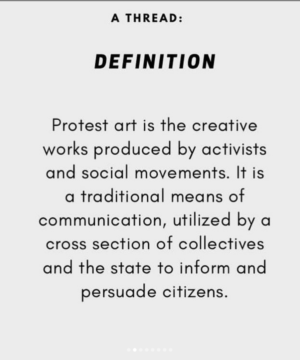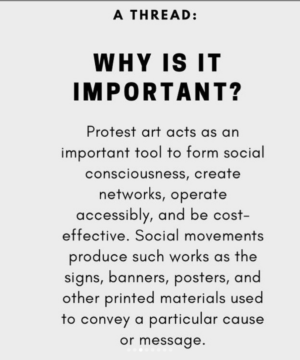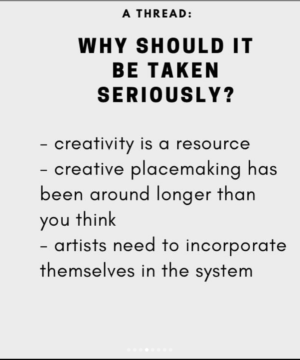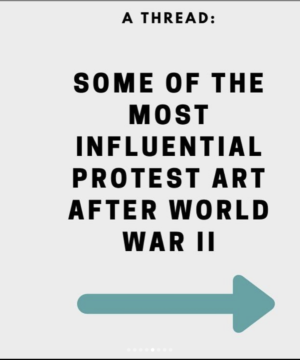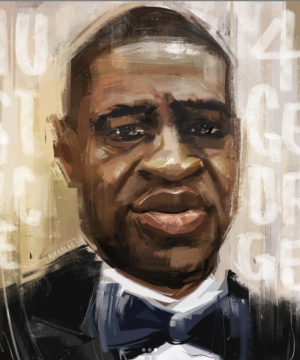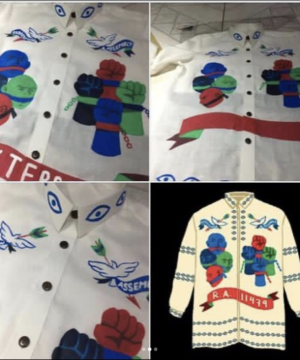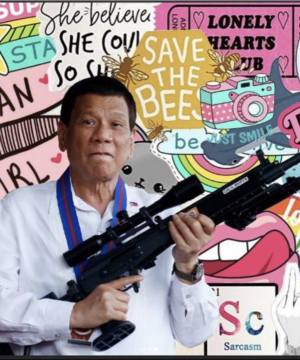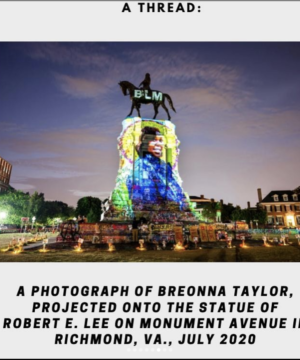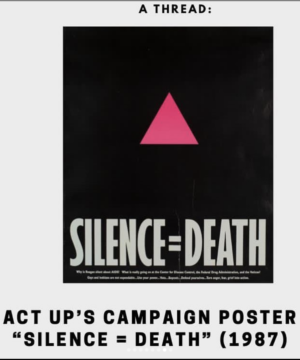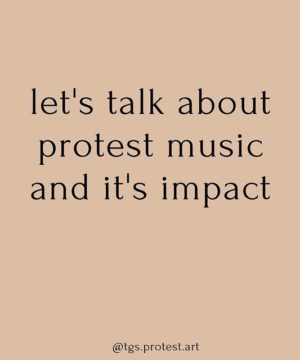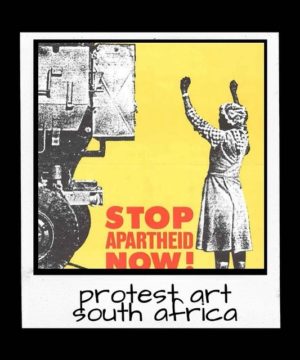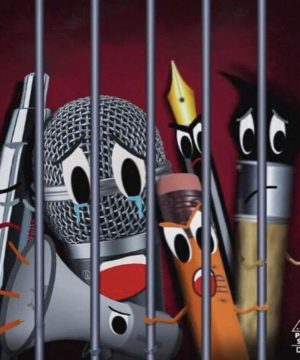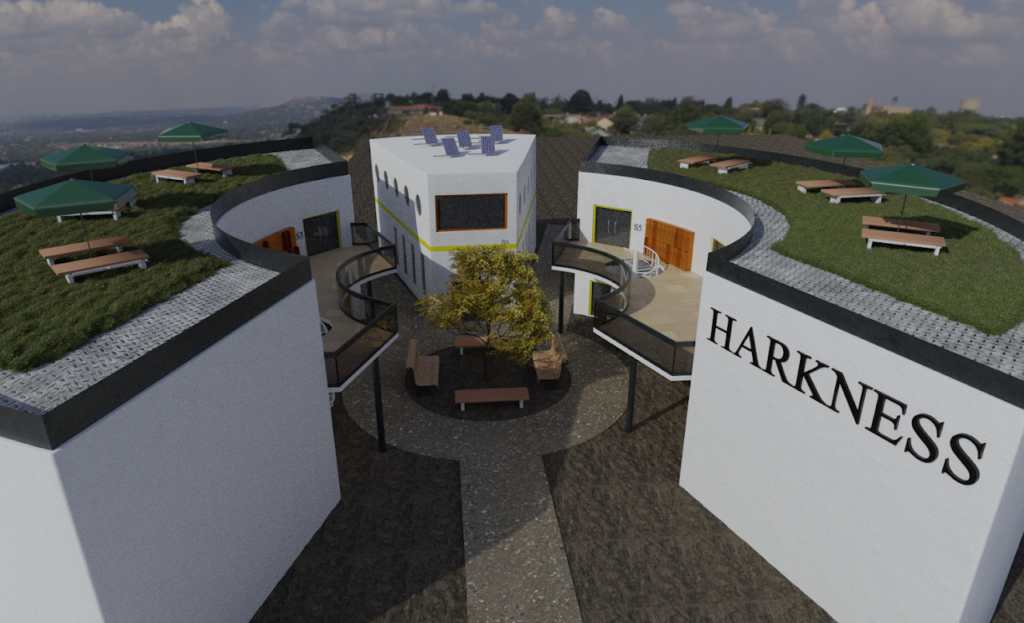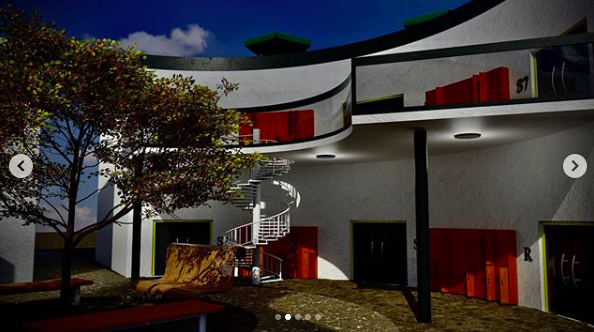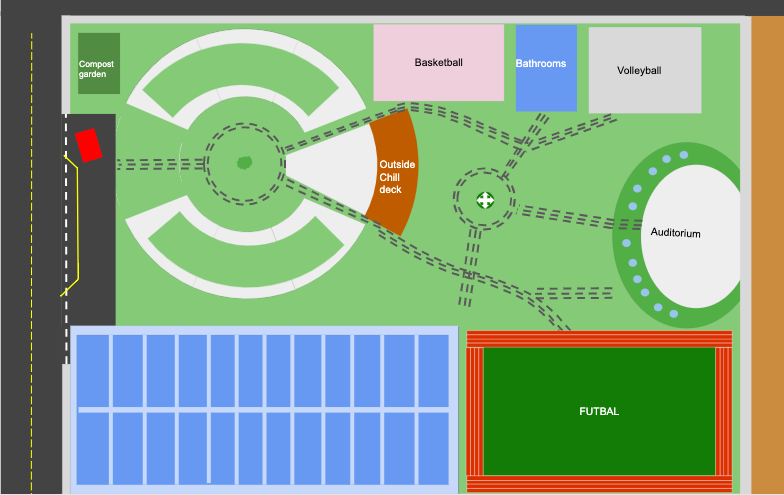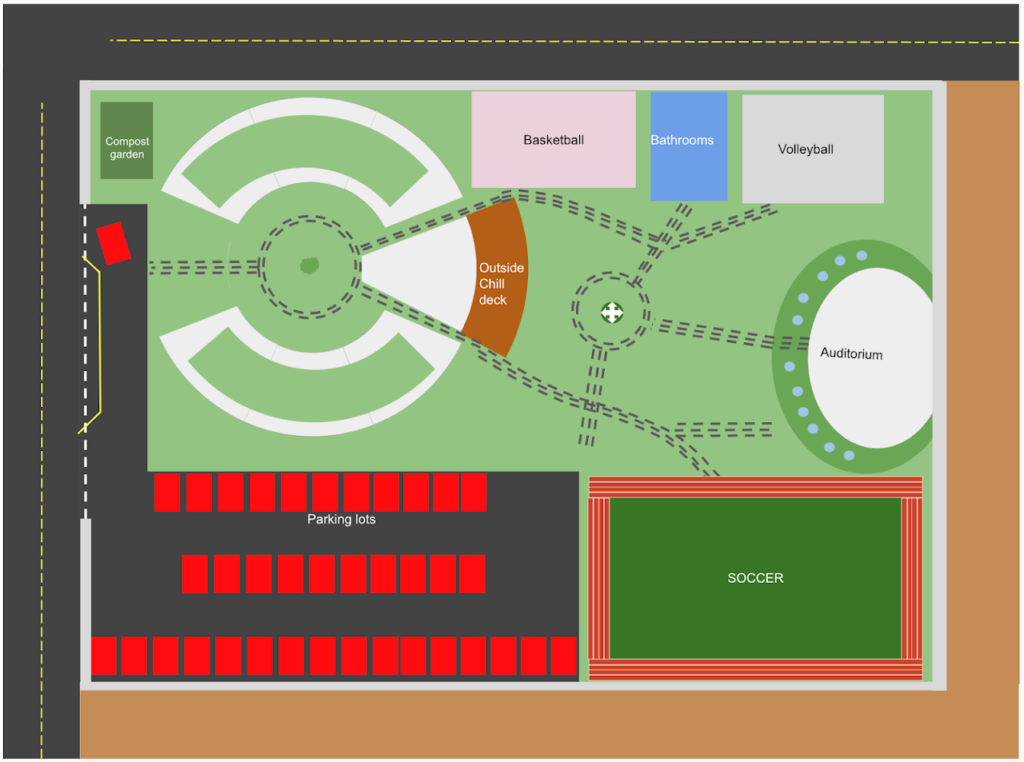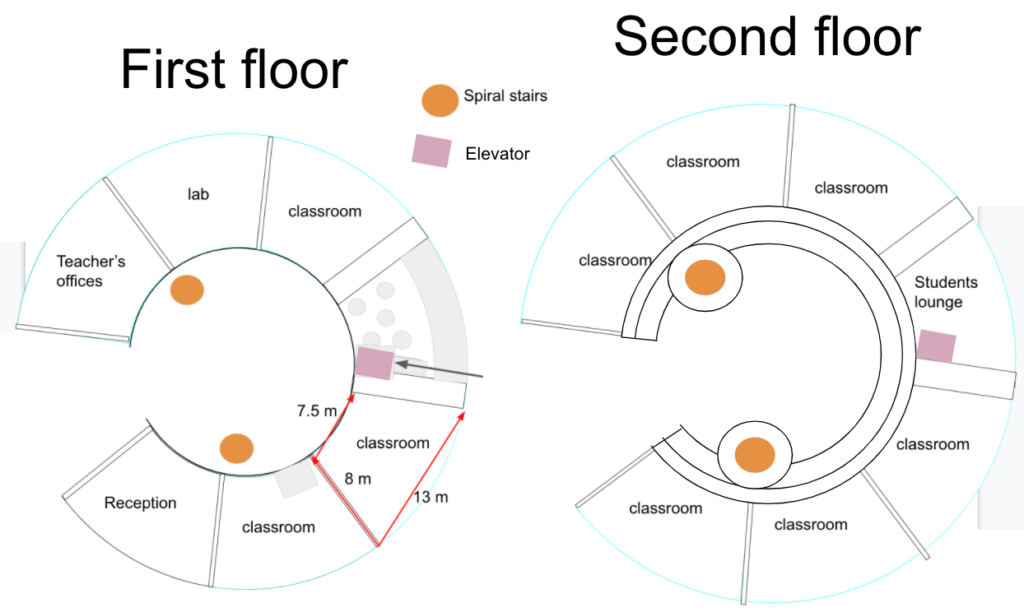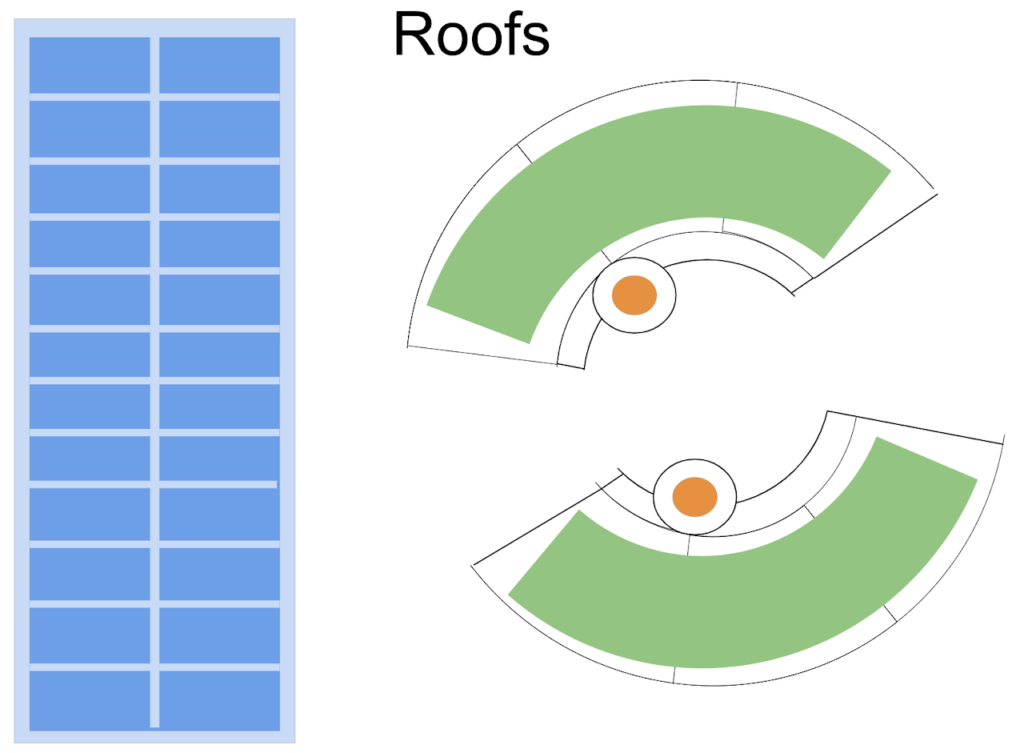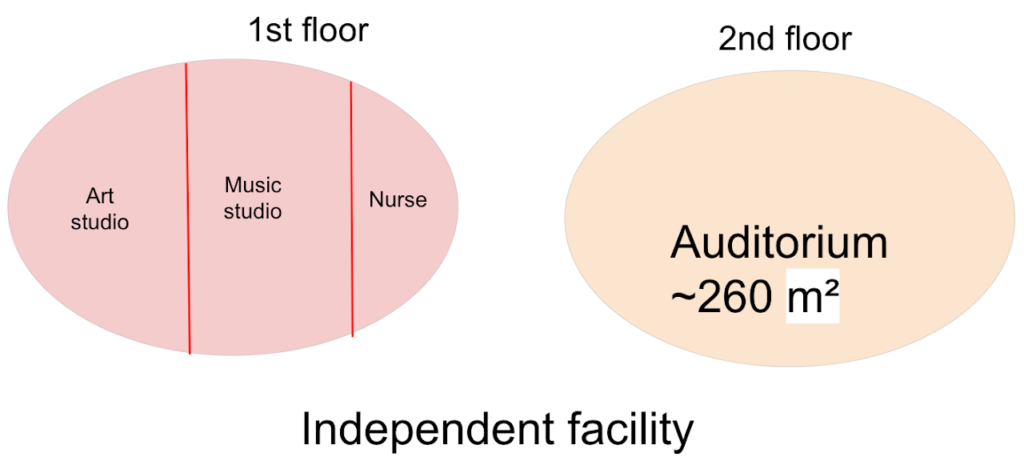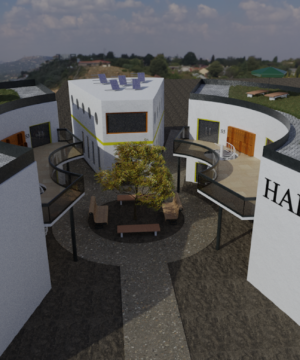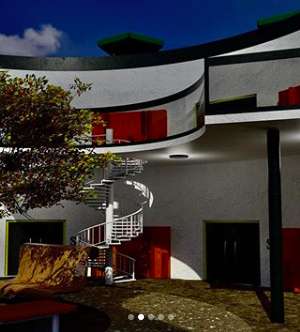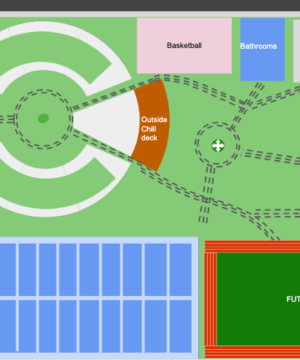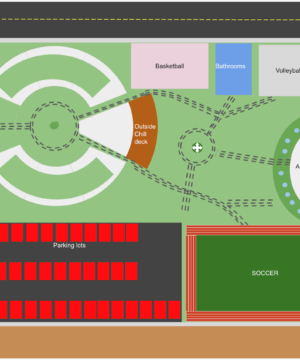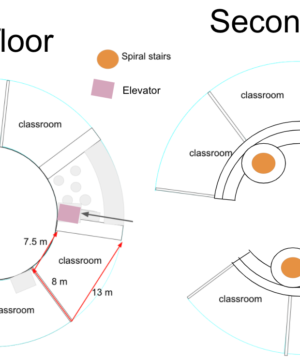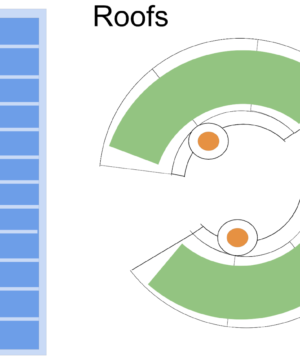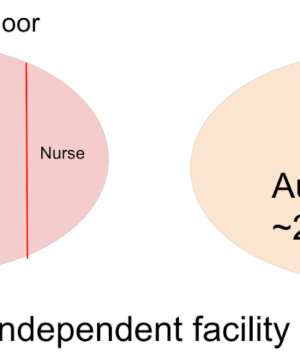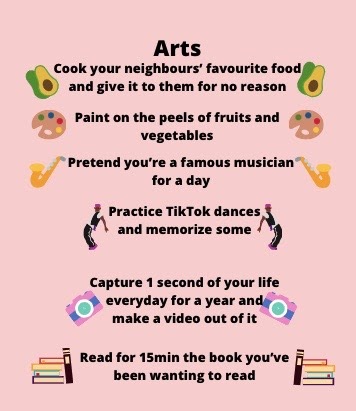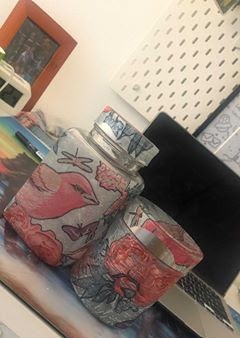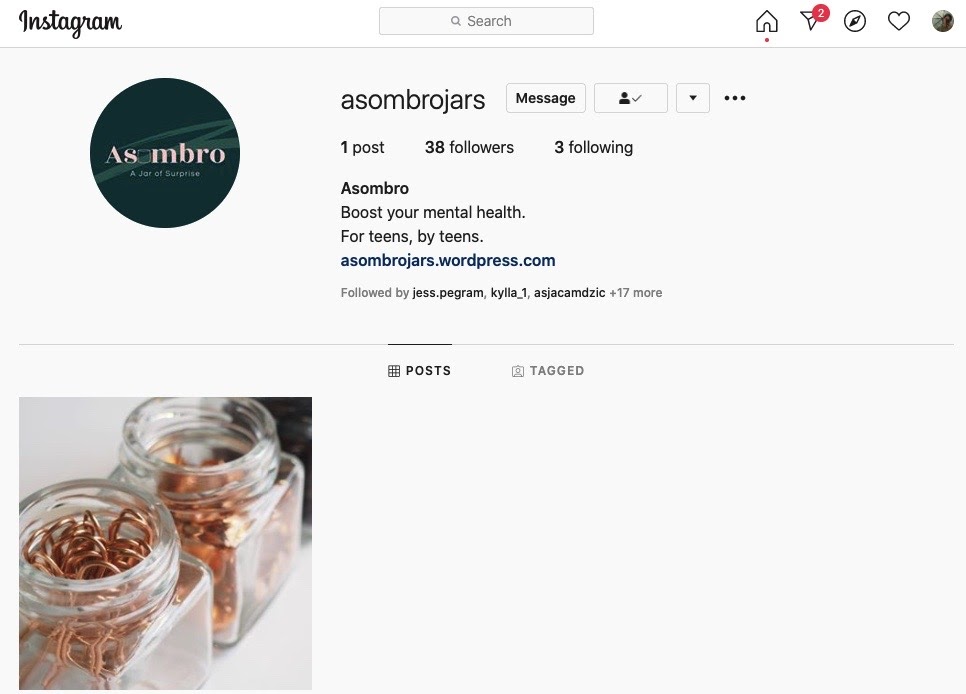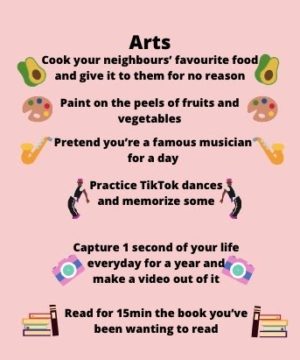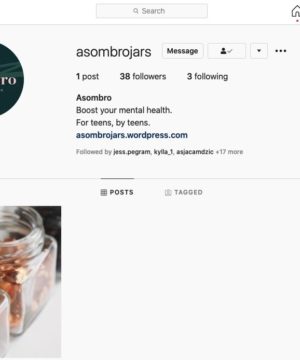Driving Question: How might we collaboratively implement a design-thinking process to meet the needs of the community we serve?
What were your goals for this module? How did you achieve them?
The team’s main goal was to work collaboratively to achieve maximum efficacy and the best results. When we wrote the agreement, we all shared the same ideas of working in a team. We all liked working with people, but we all had concerns because the 3 of us have had somewhat bad experiences with people working on a team. However, the group bonded really well and really quickly, and that gave us a huge advantage because we knew we could trust each other, which led to more effective and fun work sessions. Also, the 3 of us wanted to work in all aspects of the project; we did not want to split roles. That’s why the 3 of us collaborated in all five parts of the design thinking process, and we did not split the work; we worked together.
What did you learn about yourself or about your creative process or about your medium?
The team thought this was a huge learning experience and the 3 of us learned a lot about ourselves and how we collaborate. In addition, we learned a lot about architecture and design, considering our project lied in those fields. We learned that designing plans for a school is challenging, especially when you have to meet certain criteria for the people you are working for. We also learned that we are good collaborators because some team members thought that they were bad at working in teams. We think that the most valuable thing we learned was how to create a professional but at the same time laid back team environment that archives good efficacy. The team dynamic that we created was very effective. We can attribute its success to the agreement that we wrote and the meetings we had before actually starting to work on the project.
What did this project mean to you?
We all felt very excited about working on this project as it was both a cool opportunity to use skills we were interested in and create physical change, as well as being able to work with an organization that one of us knew personally. While the end result of this project may be years down the line, it feels good to create something that may become reality due in part to our design.
